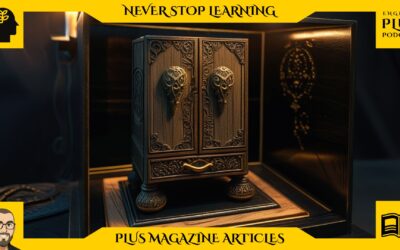Picture a piece of cloth, seemingly unremarkable at first glance. But what if I told you this cloth, known as the Shroud of Turin, has been at the center of one of the most enduring mysteries in both religious and scientific communities? This isn’t just a piece of fabric; it’s a puzzle wrapped in an enigma, shrouded (pun intended) in controversy and intrigue.
The Shroud of Turin is believed by many to be the burial cloth of Jesus Christ, bearing the image of a man who appears to have suffered physical trauma in a manner consistent with crucifixion. The first known mention of the shroud dates back to the 14th century in France, where it began its journey through history, accruing both veneration and skepticism.
Now, why has this become such a mystery? For starters, the image on the shroud is faint and hauntingly realistic. It’s not like any known painting or drawing; it’s a negative image with a level of detail that baffles. The shroud’s authenticity has been a hotbed of debate, with sides drawn between devout believers and skeptical scientists.
The real twist came in the 1980s when radiocarbon dating, considered the gold standard in determining the age of ancient artifacts, suggested that the shroud was from the medieval period, around the 13th or 14th century. This was a bombshell, casting doubt on its association with Jesus. However, like any good mystery, there was a counter-plot. Some scientists and historians argued that the sample used for radiocarbon dating was from a later repair and not representative of the whole cloth.
Then there’s the question of how the image was formed. Some say it’s a miraculous imprint, while others suggest it could be the work of a medieval artist. Yet, the latter theory struggles to explain how such an image, with its 3D qualities and anatomical accuracy, could have been created with the knowledge and materials available at the time.
Amidst these debates, the Shroud of Turin has undergone numerous scientific tests, from pollen analysis to textile studies, each adding pieces to the puzzle but never completing it. The pollen grains found on the shroud, for instance, suggest a history that traces through the Middle East, lending some geographical authenticity to its biblical connections.
So, where does this leave us? In truth, the Shroud of Turin remains an enigma. For believers, it’s a tangible connection to the divine, a symbol of faith that transcends empirical evidence. For skeptics and scientists, it’s a fascinating artifact that invites more questions than it answers, a challenge to our understanding of history, art, and perhaps even the divine.
In the end, the Shroud of Turin isn’t just a relic; it’s a narrative that weaves together faith, science, history, and mystery. It’s a testament to the enduring human quest for understanding and the lengths we go to find answers. Whether it’s a medieval masterpiece or a sacred artifact, the Shroud of Turin invites us to explore the boundaries of our beliefs and the limits of our knowledge, reminding us that some mysteries might just be beyond our grasp.










0 Comments